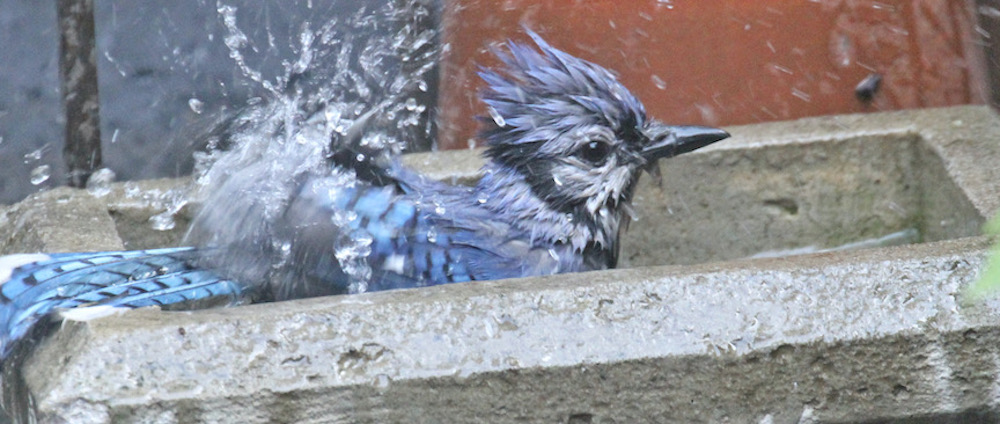Welcome to Tuesday's Truths week four where I will be discussing truisms re the Agastache 'Apicot Sunrise' plants. I'm long over due in introducing you to this plant type which Juan V planted in my urban (NYC) rooftop garden earlier this summer (after I found and procured these plants from a Brooklyn nursery). I have a few of the Agastaches planted in a box as seen in the image atop this entry.
And I have three different claypots "housing" an Agastache, one of them can be seen below.
If you look closely at the image, you should see that I've placed a name tag in the Agastache's home (a close-up of the name-tag can be seen below).
My sister, who has penmanship skills (unlike me), was in town this past July; and I convinced her to help me update the name tags that I have for each member of a flora family growing in my garden. In bygone years, I was more reverent about giving my flora their individual name tags to make it easy for them to social network. And, dear reader, you may recall that a number of years ago, I began a garden name-tag project. Alas, as of this date, I have not brought my project to fruition, but I may re visit it one day.
In the meantime, my name tags have been appreciated — on a variety of levels — by the birds who have visited my garden. This is evidenced in the images of Cam (my visiting female cardinal and co-auhor), a male and a female house finch, as well as a mourning dove and a dark-eyed junco posted below.
In the iBook and ePub (Kindle) versions of her book, "Words In Our Beak Volume One," (pictured below,
Cam goes into specifics re the various ways birds make use of the name tags in my garden.
But I have digressed, for my initial intent re the use of name tags within my garden, and my progress or lack there of re my name tag project, has taken me away from the purpose of today's entry, which is to offer you truisms re the lovely Agastache "Apicot Sunrise' plants that are now growing here. So without further ado, here are some truths about this plant (according to the web-page for the Missouri Botanical Garden.):
"‘Apricot Sunrise’ features apricot-orange flowers over a long late June to September (sometimes to frost) bloom period. It is an F-1 hybrid resulting from a cross between A. coccinea and A. aurantiaca (both native to the southwestern U. S.). It typically grows to 2-3’ tall. Leaves can be used to flavor cold drinks and teas."
I have yet to try the Agastache's leaves in cold drinks or teas, but I have certainly appreciated their aroma; and so has an American Robin, as evidenced in the images below.
As you can see, this robin is quite young, hence his/her breast has not yet a deep red, but the coloring matches the hues of my Agastache's flowers! If, dear reader, you live in a zone in which the Agastache will thrive, I highly recommend this awesome plant. The Agastache has enhanced my garden in such a way that I hesitate to make use of it for cut flowers or use the plant's foliage in tea. Therefore, as of this posting, my Agastache's role in my garden is for the birds!
ADDENDUM FALL 2018:
The non-hardcover version (or versions) of Volume One within the Words In Our Beak book series that are mentioned in this entry may only remain available for a limited time, but hardcover versions of Volume One, Two and Three can now be found wherever books are sold. Please click here to go to my blog post that provides details as to where you can get these books.
 |
| MY BOOK SERIES |
Additionally, I have rendered some images from these books into other formats and they are available via Fine Art America (FAA). Some of my other photographs (Black & White Collection, Kaleidoscopic Images and the famous Mandarin duck who visited NYC) can also be found on my FAA pages.















No comments:
Post a Comment
Note: Only a member of this blog may post a comment.